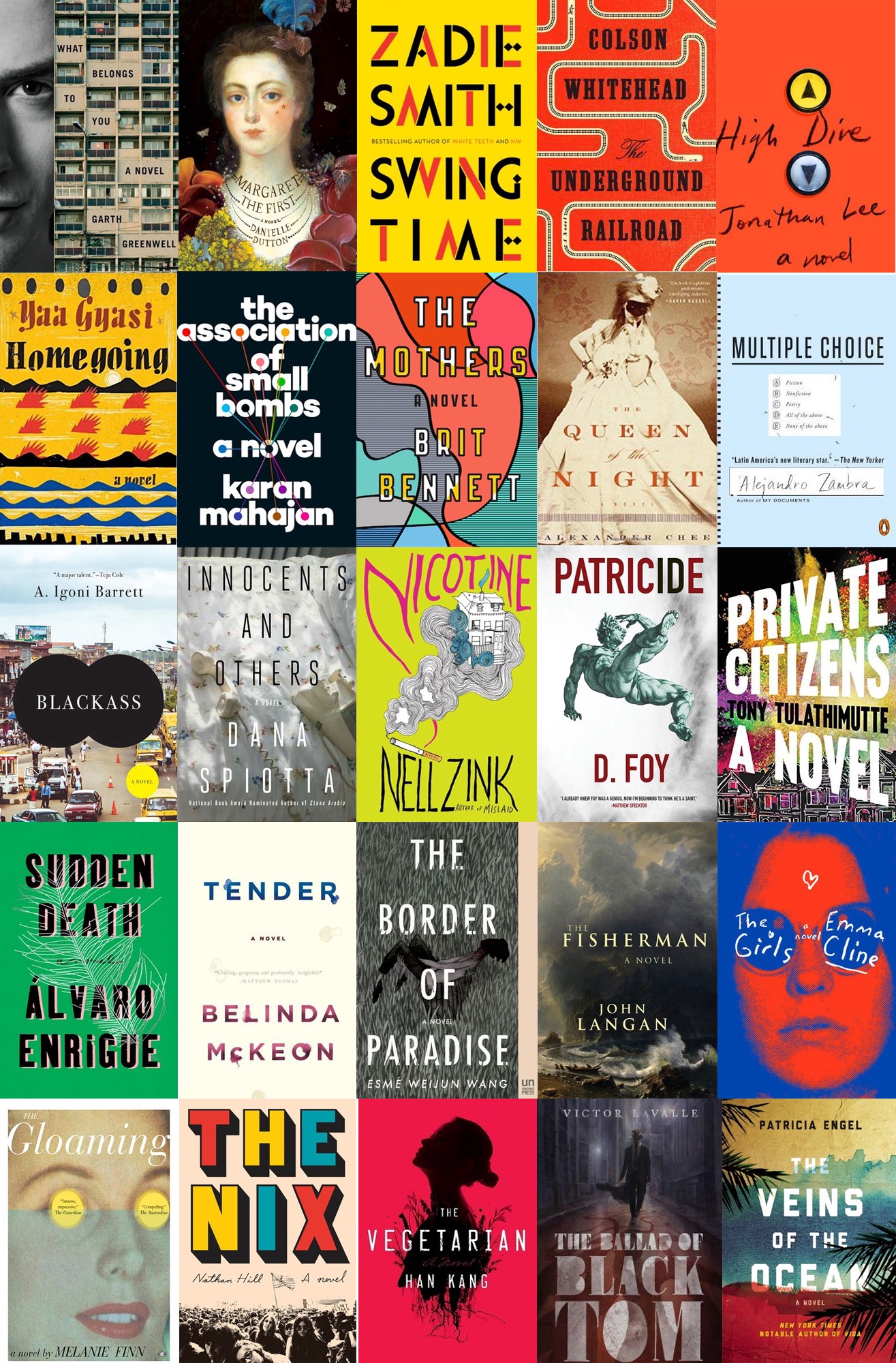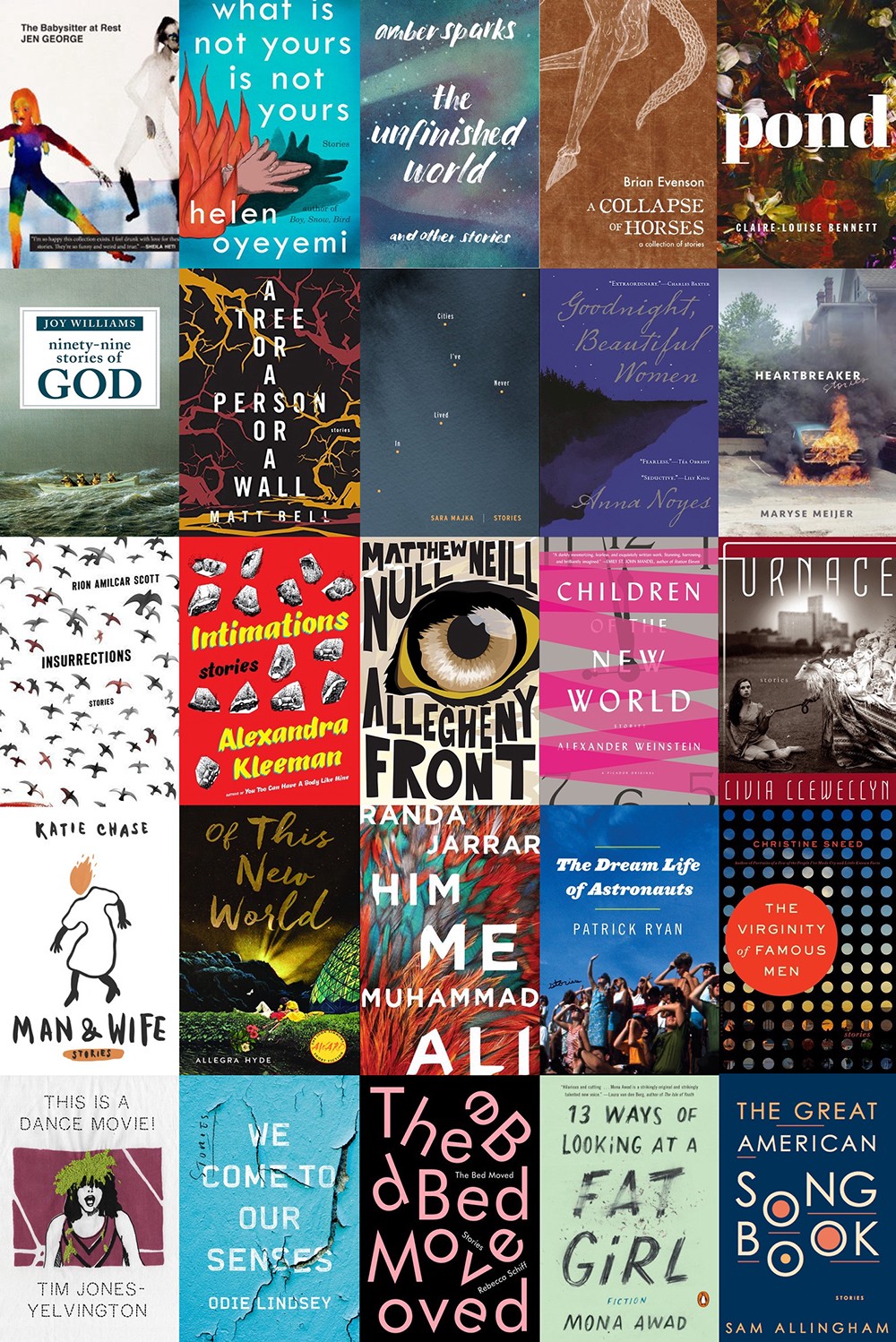Reading Lists
10 Books That Stayed With Me (That You Maybe Haven’t Read)

If you’ve logged into Facebook in the last few weeks, you’ve probably seen the “List 10 books that have stayed with you in some way” meme. It was so ubiquitous that Facebook took notice and decided to run the data to determine the most common books picked by English-language users. The top books weren’t very surprising:
- Harry Potter series — J.K. Rowling
- To Kill a Mockingbird — Harper Lee
- The Lord of the Rings — JRR Tolkien
- The Hobbit — JRR Tolkien
- Pride and Prejudice — Jane Austen
- The Holy Bible
- The Hitchhiker’s Guide to the Galaxy — Douglas Adams
- The Hunger Games Trilogy — Suzanne Collins
- The Catcher in the Rye — J.D. Salinger
- The Chronicles of Narnia — C.S. Lewis
The Atlantic also posted a graph showing the different clusters of books that users tended to post. It’s always nice to see people celebrating books, but my favorite part of book lists is learning about books that I haven’t heard of before. So with that in mind, I thought I’d make a list of ten books that stayed with me that not that many people have read. These books all only have a few dozen to a few hundred ratings on Goodreads (for comparison’s sake, the most recent George Saunders collection has 24,000 ratings and the first Harry Potter book has several million.) Since you don’t need me to tell you that Franz Kafka, Flannery O’Connor, and Vladimir Nabokov are amazing, here are ten books I love that you may not have heard about before:

Stars of the New Curfew by Ben Okri
Ben Okri is a celebrated contemporary African author and a 1991 Man Booker Prize winner for his novel The Famished Road. However, Americans barely read any contemporary foreign literature — much less fabulist fiction writers from Nigeria — so Orki remains, sadly, under-read here. Stars of the New Curfew is a powerful story collection that mixes folklore and spirits with modern Nigerian life. At his best, Okri achieves the beautiful, eerie, and moving feeling dreams. I’ve always been drawn to authors who can take reality and twist it into new, unpredictable forms. Okri’s hallucinatory unreality is something that has always stuck with me. Most critics would likely label these stories magical realism — although Okri rejects the label as lazily used. Recommended for fans of Kafka, Murakami, or Marquez.

The most recent book on this list, Karate Chop came out this year as the first book from A Public Space’s new collaboration with Graywolf. This short collection — only about 100 pages — by the Danish Nors is filled with sharp little gems of fiction. The fifteen short stories are realist stories, but realist in the bent way of Diane Williams, Lish-edited Raymond Carver, or Amy Hempel. Nors keeps readers on their toes and isn’t afraid to be a bit nasty with her characters. Highly recommended for fans of very short, minimalist fiction. The epigraph to the book sets the tone:
I come from a home with cats and dogs, and those cats were so much on top you wouldn’t believe it. They beat up on the dogs morning, noon, and night. They got beaten up on so much, those dogs, that one year they’d saved up so much hatred they chased one of the neighbor’s cats into a tree with the idea of hanging around until it came down again, after which they ate it.

An Elemental Thing by Eliot Weinberger
Although technically non-fiction, the pieces in An Elemental Thing read more like prose poems. Weinberger’s essays take a focal point — such as “The Wind,” “Tigers,” or “The Vortex” — then spiral out in a dazzling combination of myth, history, facts, and cognitive leaps. I’d never read essays like these before, and have been looking for more since. (Perhaps the short essays of Borges are similar.) The effect is like falling into a Wikipedia hole as rewritten by a poet. The second essay, “Changs,” is, well, literally a list of people named Chang from Chinese history. Here’s a quote from the first essay, “The Wind”:
Wind was the vengeance of unhappy ancestors. Wind came from the mouths of snakes, and shamans wore snakes to blow them to the other world; in China or in Mexico, the shaman was portrayed in its gaping jaws. WIND, the character, was constructed from the pictograph of a sail and the pictograph of a snake. WIND plus SICKNESS meant “insane.” WIND PURITY was sexual longing; HORSE WIND was a horse in heat; MALE WIND was sodomy. An anonymous woman in the 5th century sings:
Spring flowers so delightful,
Spring birdsongs so moving,
Spring wind so passionate,
It blows open my silk skirt.
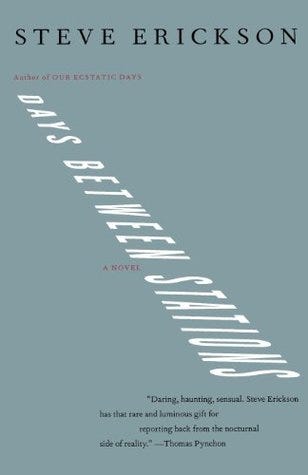
Days Between Stations by Steve Erickson
“When Lauren was a small girl, she would stand in the Kansan fields and call the cats. One by one they would come to her through the grass, across which lay the ice of the coming winter; and she could see them in the light of the moon.” — the opening lines of Days Between Stations
A lot of people know Erickson, but I often find that even people who have read and love him have never read his spectacular debut novel Days Between Stations. The easiest point of comparison is not fiction, but the films of David Lynch — although it predates Blue Velvet by a year. There is, for example, a hallucinatory jazz club called the Blue Isosceles owned by a man who wears an eye-patch and a blue trench coat. If you like dreamy, mythical novels you should give Erickson a try.

Like Steve Erickson, writers and readers know Joy Williams and yet not that many have read my favorite work by her. Taking Care is, for my tastes, one of the greatest American short story collections ever. In a recent Paris Review interview, Joy Williams was speaking about Don DeLillo and said, “His work can be a little cold perhaps. And what’s wrong with that? The cold can teach us many things.” That could apply to Taking Care. These stories can be dark, violent, and cold — but they can teach us many things.
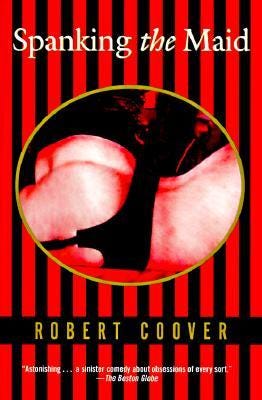
Spanking the Maid by Robert Coover
Spanking the Maid may not be Coover’s greatest book, and it certainly isn’t one of his most famous. It is, however, the one that has stayed with me the longest. This novel is one of the most impressive sustained riffs in literature. The book has only two characters (a maid and her boss) and two locations (a bedroom and a bathroom), and each chapter reaches an inevitable, titular conclusion. And yet the slim book is packed with ideas, and a great example of what a writer can do if they are audacious enough.

The Island of Dr. Death and Other Stories and Other Stories by Gene Wolfe
Gene Wolfe is a highly respected science fiction author — sometimes called the science fiction Nabokov — who has never quite crossed over to mainstream readers. If you haven’t read him yet, and the idea of SF stories with the dense, lyrical style of Nabokov appeals to you, then this is the collection to check out. The collection is very uneven, but it contains three of the greatest novellas I’ve read: “Tracking Song,” “The Death of Doctor Island,” and “Seven American Nights.”

Dialogues in Paradise — Can Xue
In what is maybe a trend on this list, here is another collection of bizarre, surreal short stories. Can Xue is a contemporary Chinese author whose work would fit nicely between Franz Kafka and Bruno Schultz on a shelf. If you like weirdo, moving short stories as much as I do then you will want to read Can Xue.
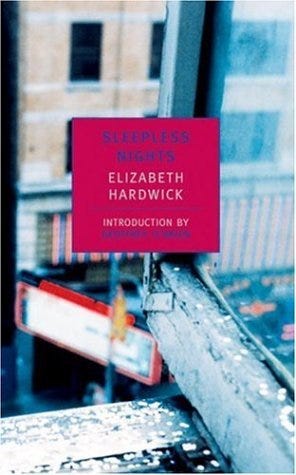
Sleepless Nights by Elizabeth Hardwick
“Now, my novel begins. No, now I begin my novel — and yet I cannot decide whether to call myself I or she.”
I put Hardwick on my list of great short novels you can read in a day a couple weeks ago, and I’m going to recommend it again here. This is a completely unclassifiable book that blends fact and fiction, truth and lies, memory and invention, narrative and musings. I was assigned it in a class on books that cross the line between fiction and non-fiction. I haven’t read another book that is as successful at doing so since.
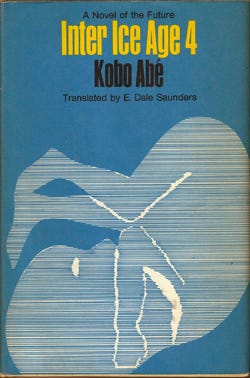
“The future is forever a projection of the present.”
Abe’s best book is his most famous: The Woman in the Dunes. Inter Ice Age 4 is nearly as stupendous, though, and not nearly as well known. If you love weird science fiction and can get your hands on a used copy, you will be in for a treat. The novel starts as a murder mystery that scientists attempt to solve by connecting the corpse to a supercomputer… and it only gets weirder from there.






